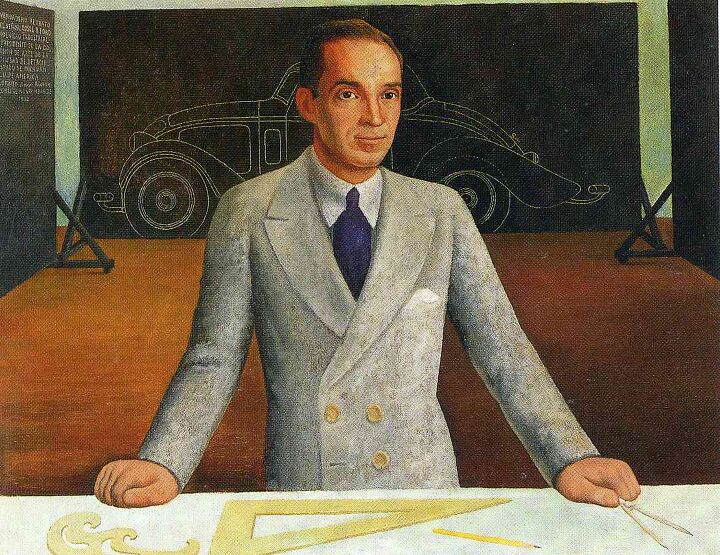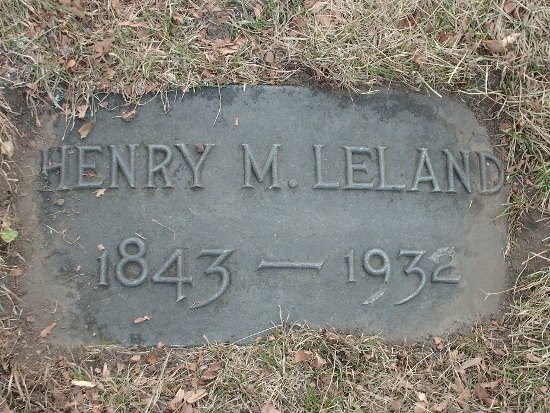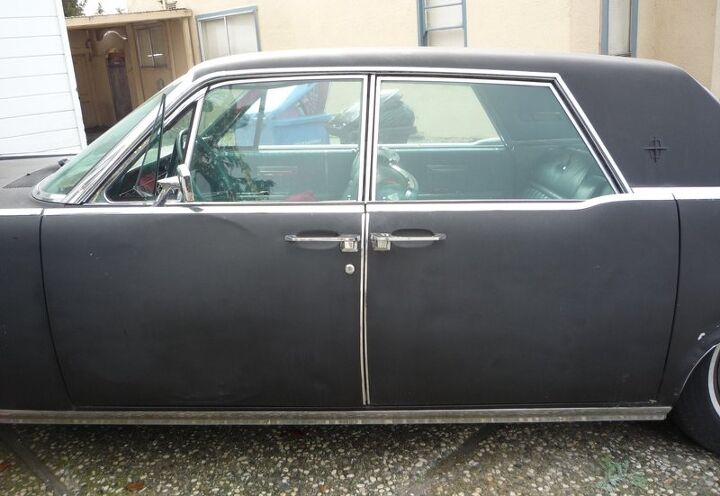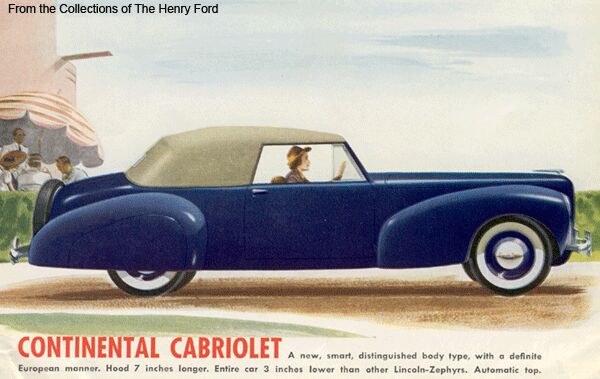#EdselFord
Alternate History: What If Henry Ford, and Not Edsel, Had Died Young?
Diego Rivera mural, Detroit Institute of Arts
I was at the Eleanor and Edsel Ford estate today for the media preview for the Eyes On Design car show coming up on Father’s Day this Sunday. The grounds of the Ford home are where the show is held every year – in honor of Edsel’s seminal role in the history of automotive styling. Eyes On Design is a unique car show. The cars are concours level (many Eyes On Design cars get shown at the Concours of America (formerly Meadow Brook)) but they’re not judged on build quality or meticulous authenticity. The show is pretty much run by car designers and the cars are judged on their design, not whether or not the air cleaner is factory or aftermarket. After the press event I walked around the 87 acre site, checking out the outside of the home and the other buildings, which were (no surprise here) Albert Kahn designs. Henry Ford’s greatest asset was his sheer indomitable nature. His second greatest talent was surrounding himself with talented people like Kahn.
Note to Lincoln: If Your Heritage Really Means Something, Then Restore Henry Leland's Grave
2010 photo courtesy of Cars In Depth
Henry Leland is a man without an automotive country though he started both surviving American luxury automobile brands. He founded Cadillac from the economic ruins of Henry Ford’s second failed car company (the third time was a charm for Ford), having been brought in by Ford’s financiers to appraise the company’s assets for a planned liquidation. Leland ran Leland & Faulkner, Detroit’s premier machine shop. Instead of liquidating Ford’s assets he convinced them to build cars using an engine of his own design that he originally had planned on selling to Ransom Olds. That new car became the basis of Cadillac, later acquired by General Motors.
Look At What I Found! The Most Significant Car at the 2012 NAIAS: Edsel Ford's 1934 Model 40 Special Speedster
After years of retrenching, financial crisis and bankruptcies, the world’s automakers are now introducing new concept and production vehicles. The 2012 NAIAS in Detroit was one of the more product-rich big auto shows of the past decade. Just about every exhibitor at the show was revealing all-new vehicles or concepts giving us a look at future production plans. Cadillac’s 3 Series fighter, the ATS, Lincoln’s all new and attractive MKZ, Ford’s Aston-Martin looking Fusion and Chrysler’s Alfa Romeo based Dodge Dart were all significant new introductions by the domestics. Toyota showed concepts that will probably end up as the next Camry and Prius (plus Lexus’ stunning LF-LC concept that will most likely not see production). Mercedes introduced the first all-new SL roadster in a decade. Hyundai showed the highly anticipated Veloster Turbo. I could go down the list of exhibitors with other examples but you get the idea: lots of significant new product. However, over at the far end of Cobo Hall, tucked away upstairs in a corner of the Lincoln exhibit, was probably the most significant car of the entire show. I suppose you could call it a concept car, but it represents a concept that is larger than just the design of one individual car. It’s one of the cars that can be said to have been part of the invention of automotive styling. I think that makes it the most significant car, new or old, at the 2012 NAIAS.
Curbside Classic: 1946 Lincoln Continental – The Most Imitated American Car Ever
This car is a jaw-dropper, a true classic, and a lucky find that rivals the CC logomobile, but it’s misnamed. By all rights, it should be the Edsel American. It was Edsel Ford’s fine taste and encouragement that made the original version of this trend-setting car happen, and in the process created a car that set the template that every American personal luxury coupe/convertible has been trying to measure up to ever since. An aggressive face on a very long hood, a close-coupled body, a short rear deck, and dripping with the aura of exclusivity and sex: a timeless formula. All too few of the endless imitators got the ingredients right, or even close, as our recent Cougar CC so painfully showed. But that didn’t stopped them from trying, just like I never stopped looking for this Continental after I first saw it almost two years ago. It was well worth the effort.
Curbside Classics Lincoln Fest: Doors To All Nine Parts Open Here
Lincoln: A Brief History Up To 1961
In honor of our greatest president’s birthday this Friday, it’s going to be Lincoln Week at Curbside Classic. We’ll start with a brief history of the brand to set us up for the sixties, when our featured cars begin.





















Recent Comments